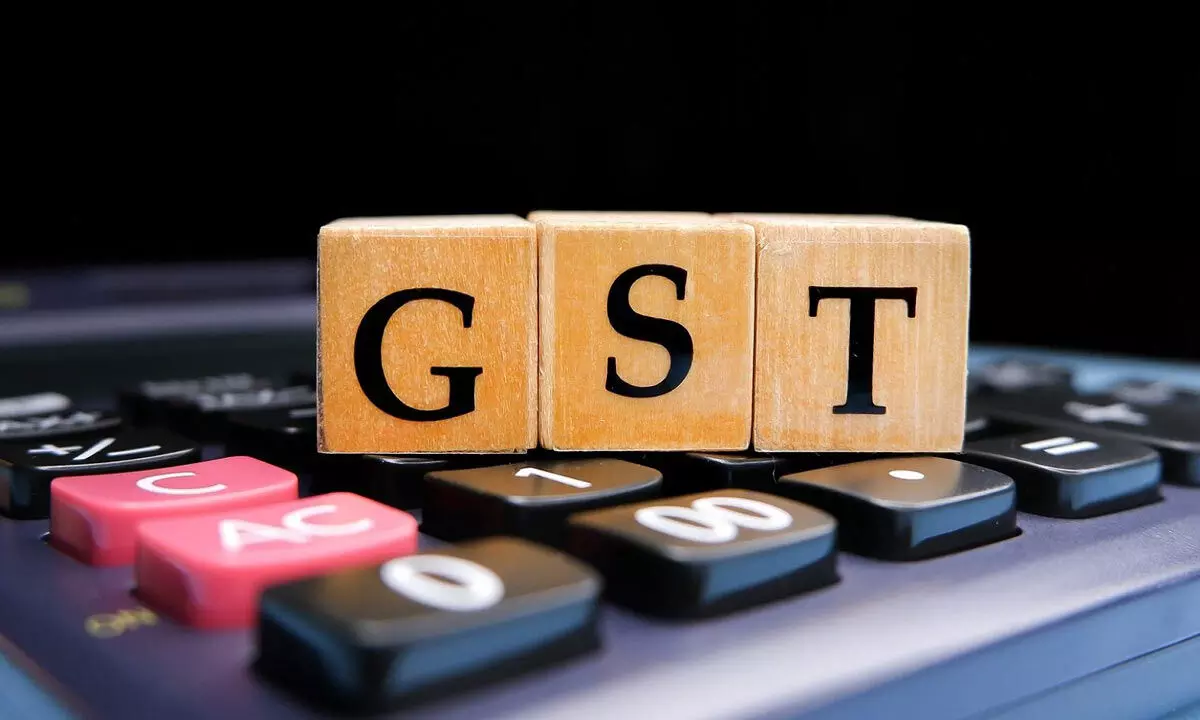Odisha only State that clocked GST growth rate
Naveen Patnaik-led State achieves growth rate in GST revenues without any compensation in post-GST period
image for illustrative purpose

New Delhi: Among major States, Odisha is the only one which has achieved a positive average annual growth rate in goods and service tax (GST) collection without any GST compensation in the post-GST period.
This is one of the findings of a recent paper, 'Revenue Implications of GST on Indian State Finances,' by Prof Sacchidananda Mukherjee of the National Institute of Public Finance and Policy (NIPFP). The NIPFP is a Delhi-based premier think-tank.
In 2017, when GST came into force, the Centre had assured States of compensation for any revenue loss incurred by them from the date of GST for a period of five years.
"Analysis of GST collections of 18 major States shows that on average States collected 88.3 per cent of Revenue Under Protection (RUP) (or aggregate projected revenue of States in GST) in 2018-19. In 2019-20, on average SGST collection (including IGST settlement) could meet only 76 per cent of the RUP and it further falls to 61 per cent in 2020-21," the paper says.
GST compensation helped States protect revenues and with GST compensation on average States achieved 99.3 per cent of RUP in 2018-19. In 2019-20, with GST compensation, States achieved on average 93 per cent of RUP. Due to a shortfall in GST compensation and cess collection in 2020-21, States could achieve 78.7 per cent of RUP. However, the paper says that in 2020-21 States also received GST compensation in terms of back-to-back loans from the Union government in lieu of shortfall in GST compensation cess collection and this helped States to achieve on average 91.6 per cent of RUP in 2020-21.
All major States, except in West Bengal, show a fall in average annual growth rate of gross state domestic product (GSDP) during the post-GST period (2017-18 to 2021-22) as compared to the pre-GST period (2012-13 to 2016-17). It is expected that the fall in growth rate in GSDP may have some impact on GST collection.
The impact of the Covid-19 pandemic on Indian economic growth was much stronger than that of the global financial crisis (GFC) of 2008-09 and 2009-10, the paper says. It, however, observes "a falling trend in annual economic growth rate of India since 2006-07." Like the world economy, the Indian economy has also faced two major shocks during 2006-07 and 2021-22 -that is, GFC and Covid-19.
"Like economic growth, Indian States also faced fiscal stresses during 2008-10, 2015-17 and 2020-21 onwards. In addition to revenue stress due to GFC, implementations of 6th Pay Commission recommendations by many States increased revenue expenditures and resulted in rises of revenue as well as fiscal deficits during 2008-10," the paper says.
States also faced a relatively stronger fiscal stress during 2015-16 to 2016-17 due to adoption of Ujwal DISCOM Assurance Yojana (UDAY) scheme to provide debt relief to public power distribution companies or Discoms, it adds. The economic contraction during the pandemic created pressures on public finance management in terms of lower revenue mobilization and higher expenditure demands.
The NIPFP paper's analysis shows that state GST collection (as percentage of RUP) was falling during 2018-21 and the dependence on GST compensation has grown up.

